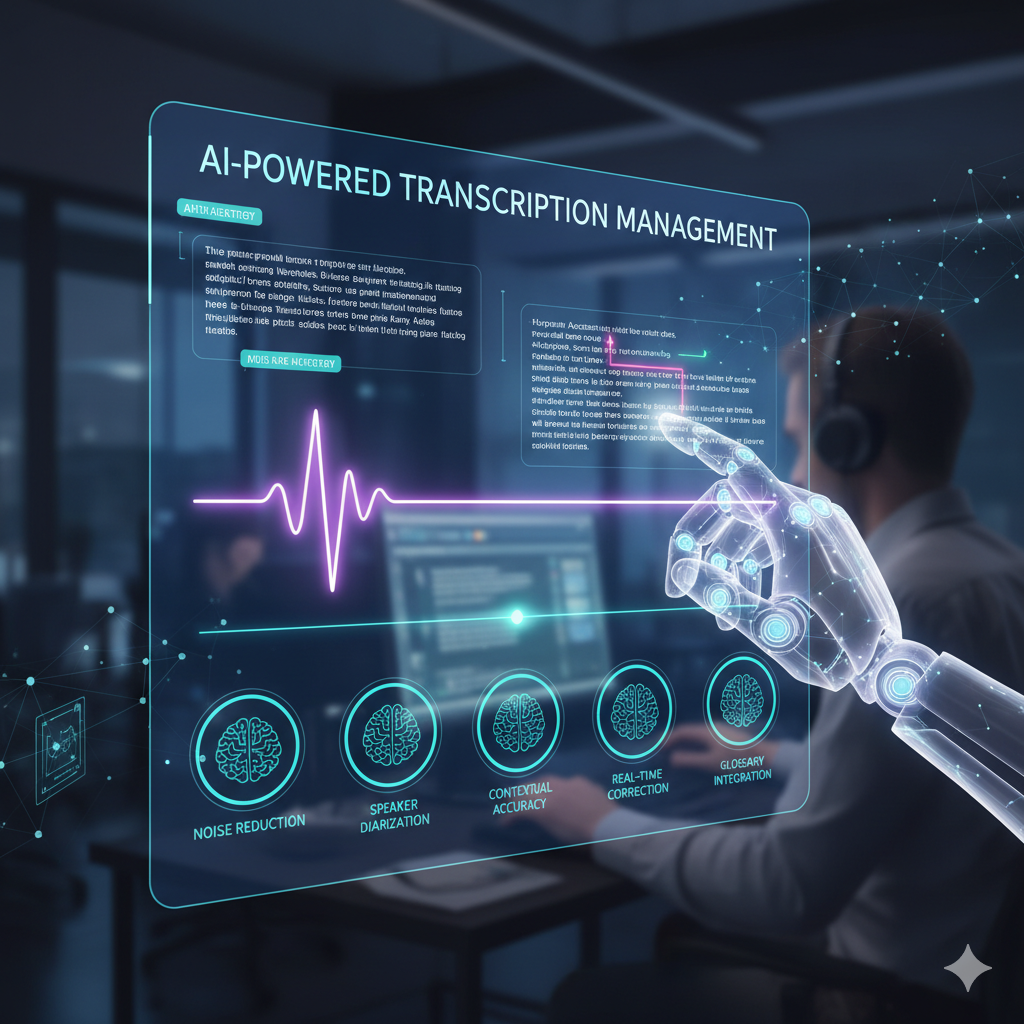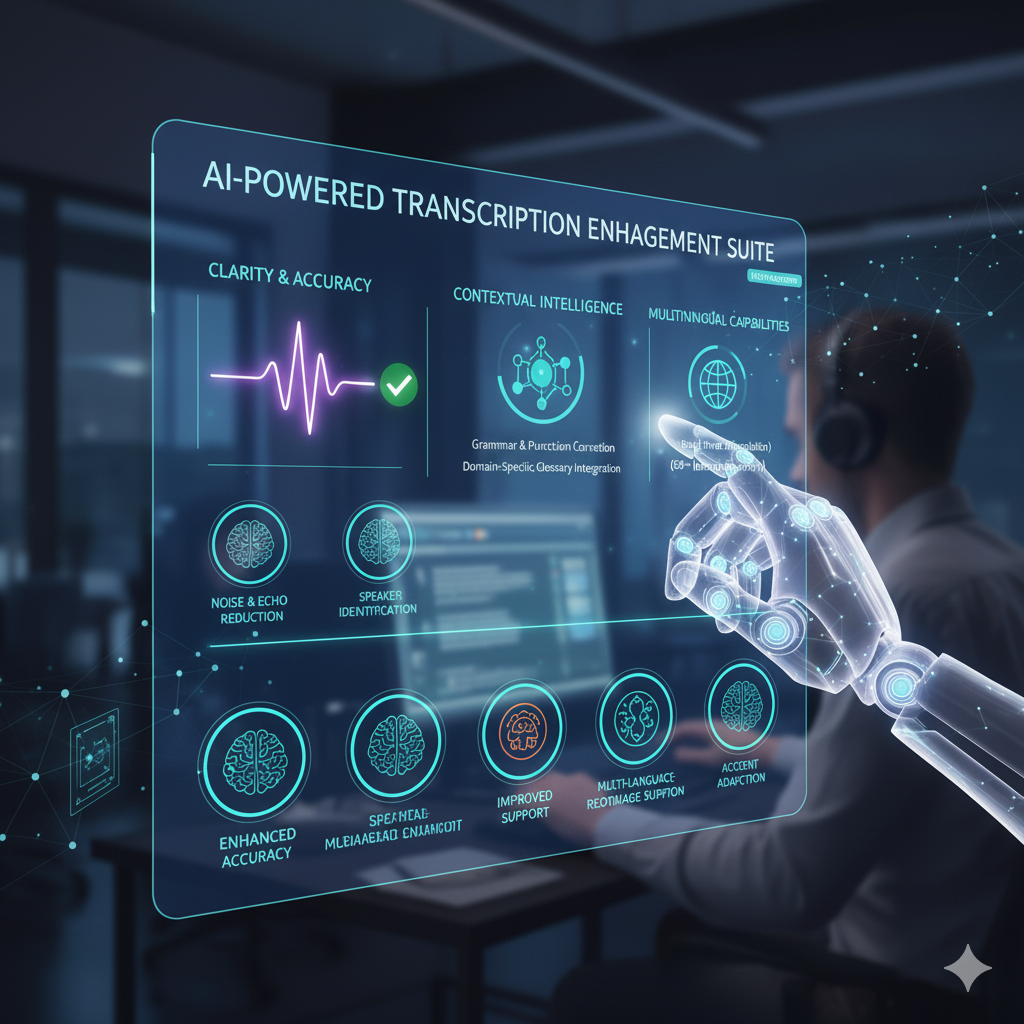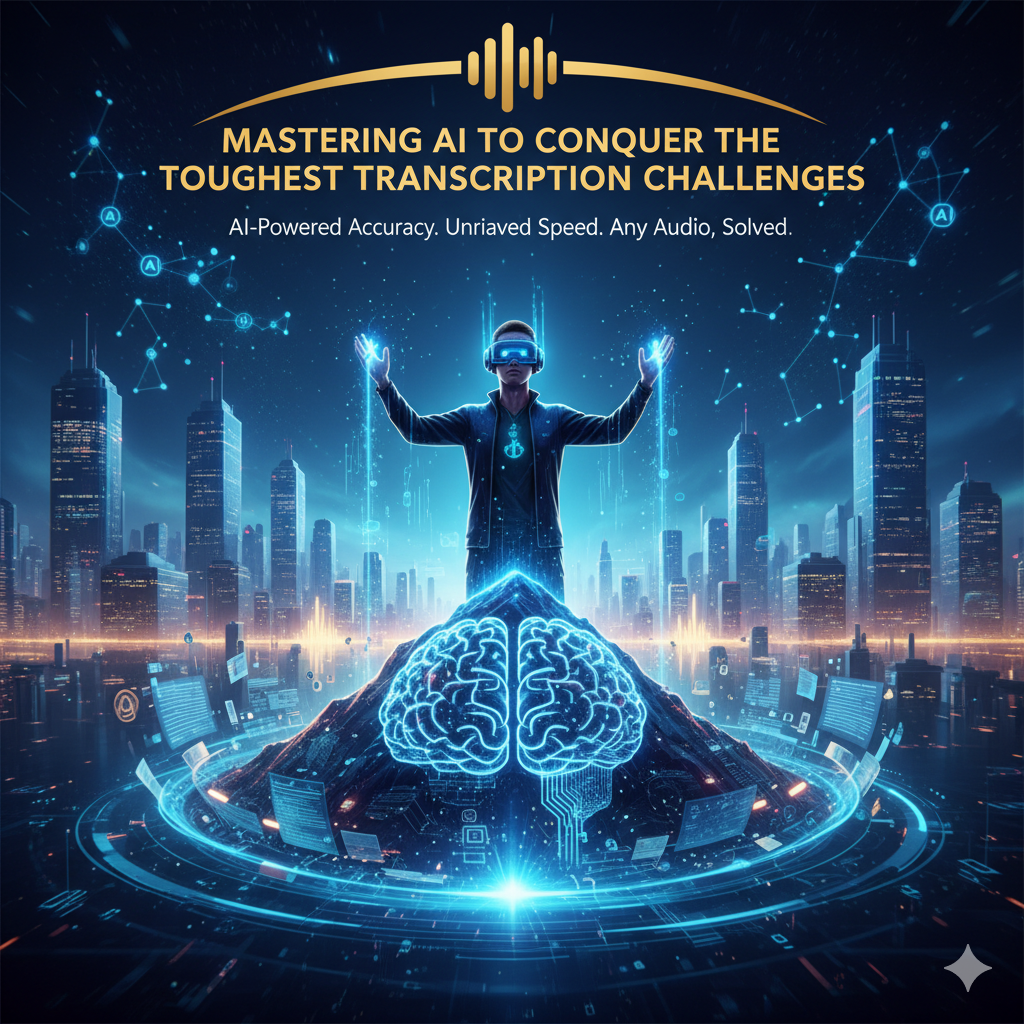The important interview we attended that seemed to fill 80 minutes of our lives: we were overwhelmed by the overlapping conversations; the legal deposition we covered that had buried the speaker in a deep-seated accent; the history recording we listened to that was miles away and crackled like it had been tapped into. Such audio brought significant difficulties to transcription, resulting in errors, delays, and frustration over the decades.
Everything is now transforming through a silent revolution. Even the most difficult audio conditions are addressed by Advanced Artificial Intelligence, turning even the most incoherent and ambiguous recordings into exact, working text, which also makes the process of transcription accurate, dependable, and exceptionally precise in a large set of challenging audio environments. Talk to an expert before having an online interview transcription fast.

Some Core Issues with Online Transcription
Non-native or regional accents undermine the classical dictionary-based systems, and blended speech is an inexpressible cacophony. Recordings of poor quality, including background noise, low volume, distortion, or outdated formats, further obscure the words, forming a kind of fog that has to be broken to transcribe accurately.
Can Advanced AI Deal with These Issues?
The classical speech-to-text featured the use of basic acoustic and language models. Contemporary AI, which relies on deep learning and neural networks, goes beyond word recognition to context interpretation to achieve much more precise and detailed transcription.
a. Speaker Modulation
AI is capable of differentiating and isolating speakers in discussions where there is a speaker overlapping by learning each individual with his or her own vocal fingerprint, and is even able to place speech streams back together and attribute the text being transcribed to the correct speaker to achieve precise and systematic outcomes.
b. Accent Modeling
Modern AI algorithms are trained using millions of hours of audio of speakers around the globe. This large exposure allows them to comprehend a great deal of accents and thus transcription is strong, flexible, and able to manage some new patterns of speech that have not been heard before.
c. Enhancement
AI filters can be used to intelligently isolate speech and background noise, silencing distractions such as air conditioners or cafe noise, and even improving muffled voices, which can then be cleaned and produce intelligible signals before any transcription can be done to provide more accurate outputs.
d. Context and Semantic Understanding
In modern AI, transcription is more context-aware, and it can predict unclear words as a human and decipher homophones correctly, which is what is required to understand meaning in poor audio or vague audio.

Check the Benefits of AI-Powered Transcriptions
- The current AI transcription provides accuracy never before seen and can be over 90 percent on audio that was considered transcribable. Check out the Australian transcription rates and then place the order.
- It also saves costs, scales to thousands of hours reliably, and dramatically reduces the turnaround time previously taken by hours, and also preserves historical recordings and which are searchable and available.
Gone are the days of poor sound quality. The contextual intelligence of AI breaks the barrier of transcription, where all the voices are heard and all the words are well represented, regardless of the complexity and quality of the recording.



